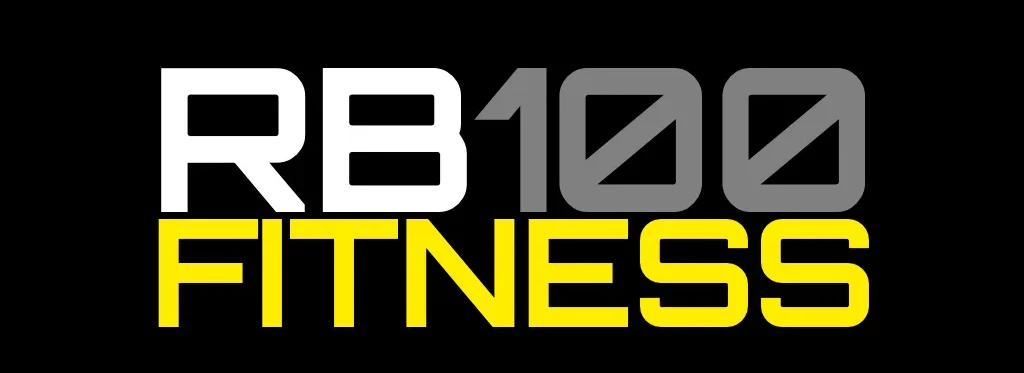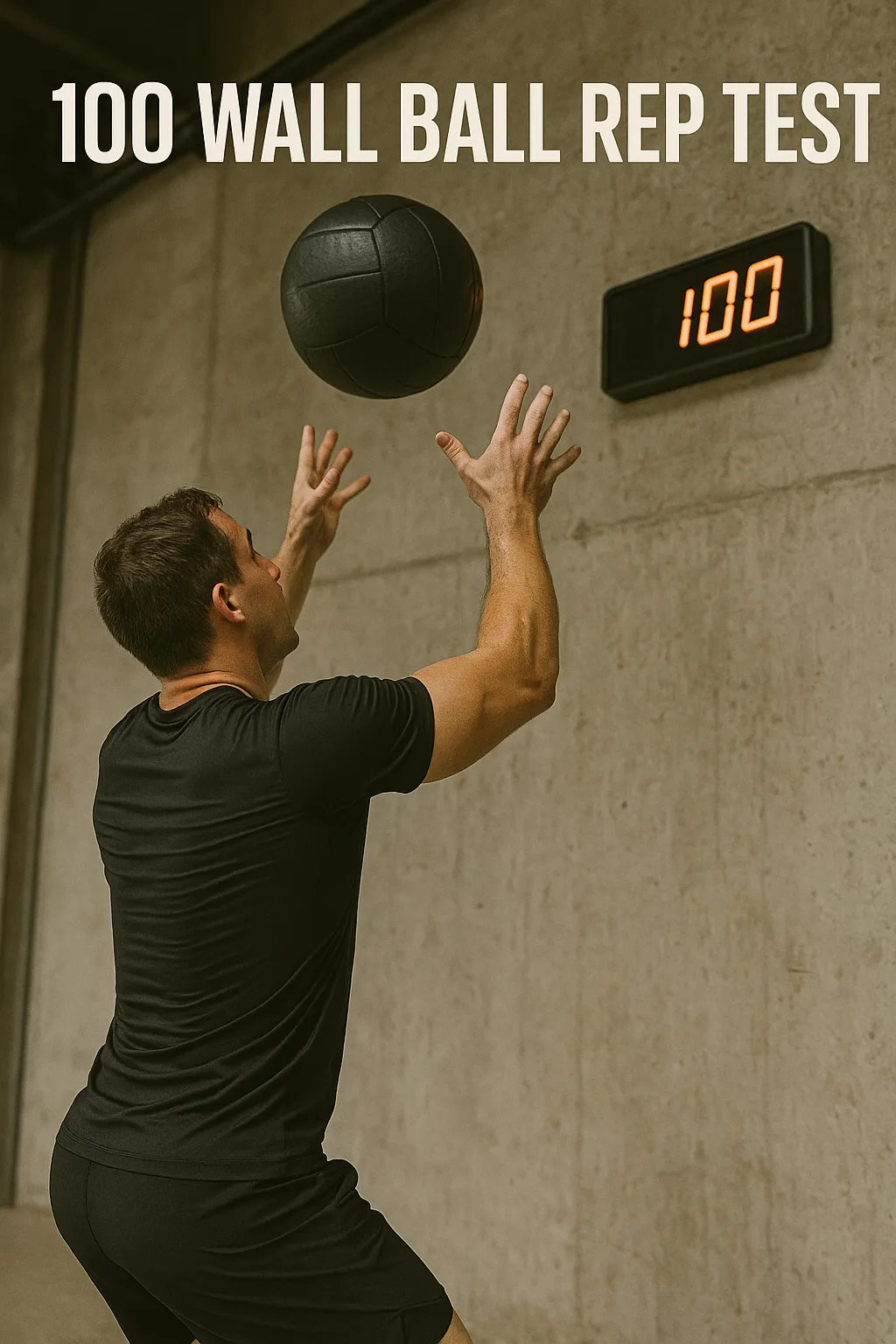Stepping up to your first HYROX can feel intimidating. Eight functional workout stations. Eight runs. Thousands of competitors. But here’s the truth anyone can complete a HYROX with the right preparation.
I’ve coached first-timers, competitive athletes, and everyday gym-goers through their first events, and one thing always stands out: consistency beats intensity. Your goal isn’t to survive race day it’s to perform with purpose.
Understanding the HYROX Format
HYROX combines functional strength and endurance in a fixed sequence:
- 1 km Run
- SkiErg (1000m)
- 1 km Run
- Sled Push
- 1 km Run
- Sled Pull
- 1 km Run
- Burpee Broad Jumps
- 1 km Run
- Row (1000m)
- 1 km Run
- Farmer’s Carry
- 1 km Run
- Sandbag Lunges
- 1 km Run
- 100 Wall Balls
Each station tests a different part of your fitness from aerobic capacity to grip strength and power endurance. You’ll need a balanced approach to train all systems, not just one.
Step 1: Build a Solid Base
Before you dive into “HYROX-specific” workouts, start by building your aerobic foundation. That means:
- 2–3 easy runs per week (zone 2 heart rate)
- Strength sessions focused on compound lifts — squats, deadlifts, presses
- Core stability and mobility work
A strong base allows your body to handle intensity later without breaking down.
“Fitness isn’t built in one session it’s earned over weeks of consistency.” — RB100.Fitness
Step 2: Train Functionally, Not Randomly

HYROX rewards efficiency. Movements like sled pushes, wall balls, and lunges are technical they need practice. Instead of doing random WODs, train for purpose.
Try HYROX simulation workouts (for example):
- 1 km Run
- 25 Wall Balls
- 25 Burpee Broad Jumps
- 25m Sled Push
- 25m Sled Pull
- 1 km Run
These sessions teach your body to transition smoothly between cardio and strength efforts exactly what the race demands.
Step 3: Build Mental Resilience
HYROX isn’t just physical it’s mental. When fatigue sets in around the sled pull or the wall balls, it’s your mindset that carries you through.
Train your mind by embracing discomfort. Don’t avoid hard sessions learn to stay calm under fatigue. Incorporate breathing drills, deliberate pacing, and mindset resets into your training.

Step 4: Track and Adjust
Data doesn’t lie.
Track your split times, pacing, and heart rate. Identify weak stations and focus there. A tool like WallBallCounter.Pro can even help you refine your wall ball performance one of the most time-costly movements for new athletes.
Use your data to train smarter, not harder. Every session should have intent.
Step 5: Simulate Race Day

Three to four weeks out, run a full or half HYROX simulation. Get used to transitions, hydration, and pacing. These rehearsals reduce race-day anxiety and build confidence.
You’ll know what to expect, how to fuel, and exactly where to push or hold back.
The Bottom Line
You don’t need to be elite to finish a HYROX — you just need to be consistent, patient, and purposeful.
Start with the basics, master the movements, and train your mindset. Before you know it, you’ll cross that finish line stronger than ever.
For more training resources, explore RB100.Fitness Challenges or check out the HYROX preparation guide on PersonalTrainerTunbridgeWells.co.uk.





